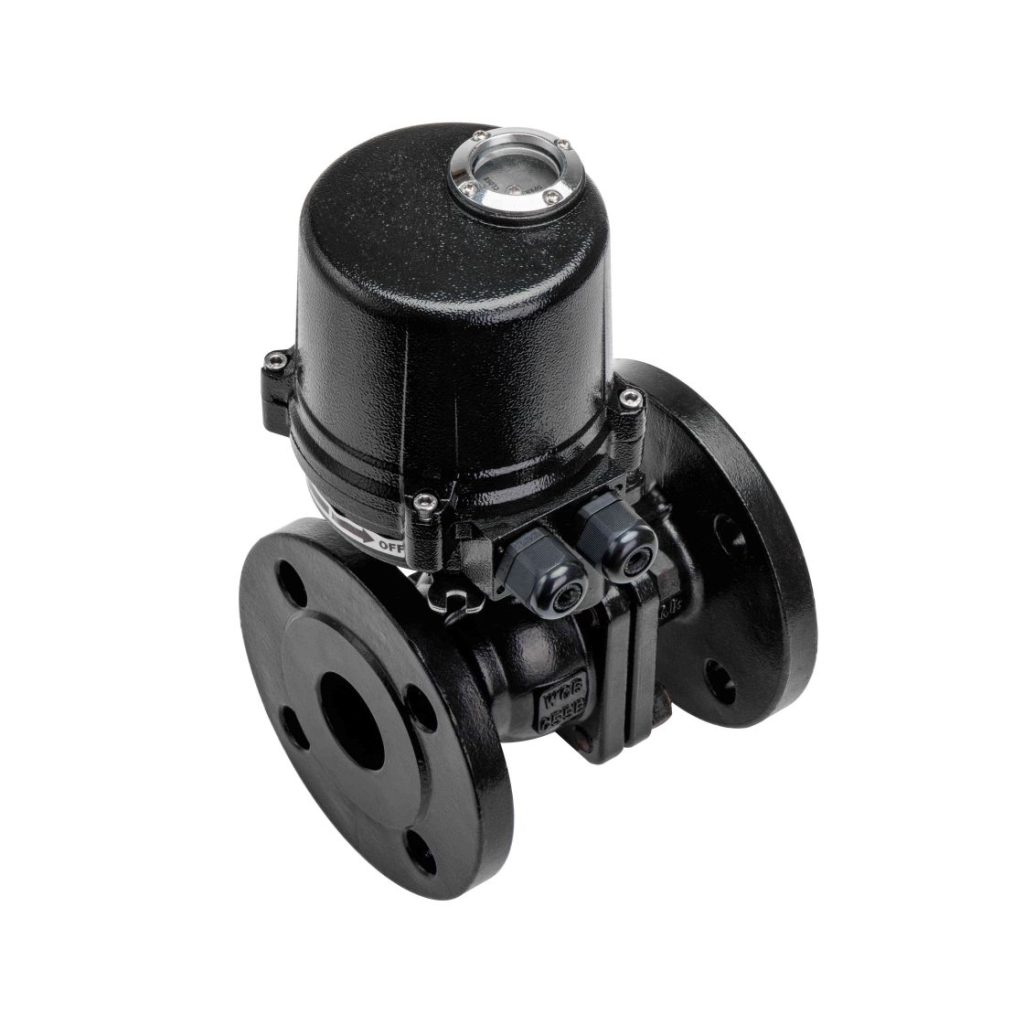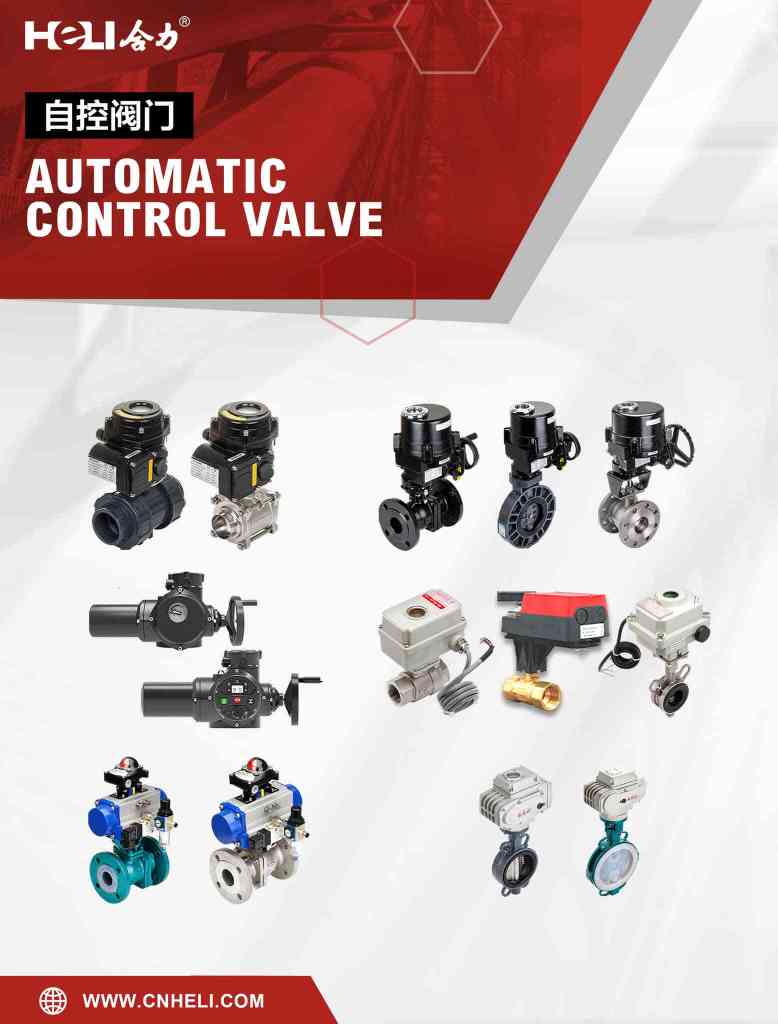Electric valves have become indispensable components in modern industrial automation systems, revolutionizing the way we manage fluid control. These valves, powered by electric actuators, offer precise control over the flow of liquids, gases, and steam in various applications, ranging from water treatment to chemical processing. This article delves into the working principle, types, advantages, and applications of electric valves, highlighting their critical role in enhancing system efficiency and automation.

What is an Electric Valve?

An electric valve is a type of valve that uses an electric actuator to open, close, or regulate the flow of fluids through a system. The electric actuator typically consists of an electric motor, gears, and an electronic controller, which work together to manipulate the valve’s position. The valve body, seat, and plug interact with the fluid, either restricting or allowing flow based on the actuator’s commands. Unlike manual valves, which require human intervention, electric valves can be controlled remotely or automatically, making them ideal for automated control systems. Working Principle
